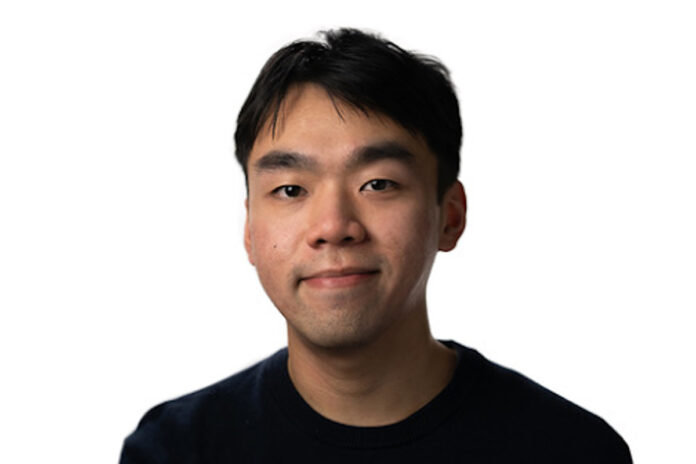Chris Lee, a recent graduate from Carleton University’s industrial design program, was this year’s recipient of the International Design Excellence Awards (IDEA Awards).
Lee received the award for designing a computer mouse for people living with Parkinson’s disease and essential hand tremors, a neurological disorder that causes rhythmic shaking. The computer mouse is cleverly named the Shift Mouse and was designed during the 2021-2022 academic year.
The Charlatan sat down with Lee to learn more about what inspired him to create an award-winning computer mouse and what he learned during the creation process.
The Charlatan (TC): What motivated you to pursue industrial design at Carleton University?
Chris Lee (CL): I’ve always had a passion for creating things and making things. In the beginning, I had an interest in studying architecture, and then that slowly turned to designing products. I decided to join the Carleton [industrial] design program to pursue that passion. I like how the program was structured in terms of the technical aspects of it as well as the creative aspects of design.
TC: What inspired you to design and create the Shift Mouse?
CL: Part of the national design program in the fourth year is a two-term-long project that consists of researching a problem and then developing a solution for the problem. It’s a capstone project.
I decided to take my project in this consumer electronic direction. Also, one of the big aspects of mobility, especially in terms of what mobility means, is being able to move around and connect with others. During the midst of the pandemic, how do you interact with people online? This question slowly evolved into trying to figure out the problems of aging, and one of them was Parkinson’s disease.
People with hand tremors, especially Parkinson’s disease and essential tremors, have problems with using a computer. I developed something that helps them use a computer to connect with people online and connect to online support groups. Younger Parkinson’s disease patients and other people with hand tremors also have to work, and that’s an aspect of life that I wanted to help them with and develop a product for.
TC: Your design is called the Shift Mouse; how did you settle on this unique name?
CL: Shift is a homonym with a whole bunch of meanings. Shift as in a shift in the different ways of using a computer mouse, and a shift as in the keyboard shift and the verb move from one place to another [correlating] with the dome of the mouse.
TC: Can you walk us through the design process?
CL: Currently, there isn’t an accessible device designed for people with hand tremors on the market. Software-based solutions aren’t as effective or widely adopted. I found that portable video game consoles have a joystick. That led to the idea of a moving dome.
The design part was important because existing mouses on the market that are recommended to people with hand tremors have a rudimentary and medical esthetic, and people don’t want to be stigmatized into using a device that looks medical or rudimentary.
I was doing this project and was still pretty much in the midst of COVID. I couldn’t really interact with actual patients physically. The way I had to adapt to it was to have my classmates volunteer as participants in testing the device and wearing a device that provides infrequent and frequent vibrations to simulate what it would feel like to have involuntary shakes.
TC: What was the most significant thing that resonated with you while interviewing people with Parkinson’s and essential hand tremors?
CL: We people who don’t have tremors kind of take for granted how we’re using our mouse and not having any problems. Interviewing them and asking them what kind of problems they experience resonated with me and motivated me to come up with something to help them.
TC: How did it feel to find out that you won the IDEA Award?
CL: I was speechless. I guess I didn’t think I would win. I was surprised and delighted that I won. It was pretty exciting to get that email from them and to know that I won.
[Attending the award ceremony] was pretty fun because I’ve never really attended a conference, and being able to go to New York and actually accept the award was pretty cool. To be able to meet other distinguished designers in the design community and be able to talk to them and see them on the stage getting their awards as well was really cool. It was a special moment.
TC: What are your plans for the future?
CL: I’m still trying to find a job that aligns with my aspirations and career goals. [I’ve been] entering competitions and learning new aspects of software and 3D printing.
This interview has been edited for length and clarity.
Featured image provided by Chris Lee.
A previous version of this article incorrectly stated Lee met with “graphic designers” in New York, rather than distinguished designers. The Charlatan regrets this error.






